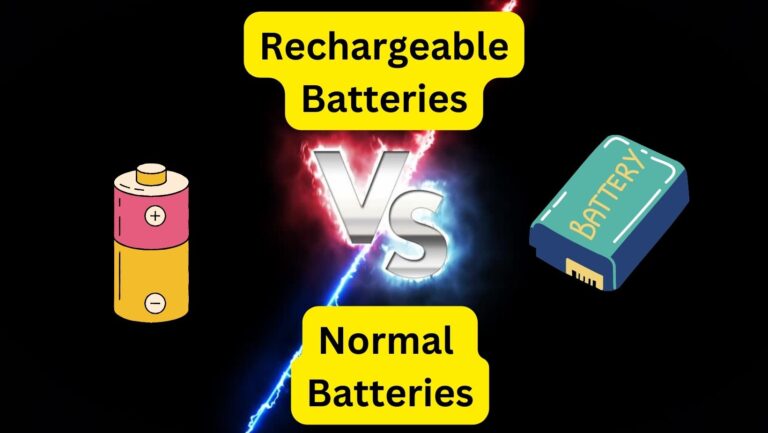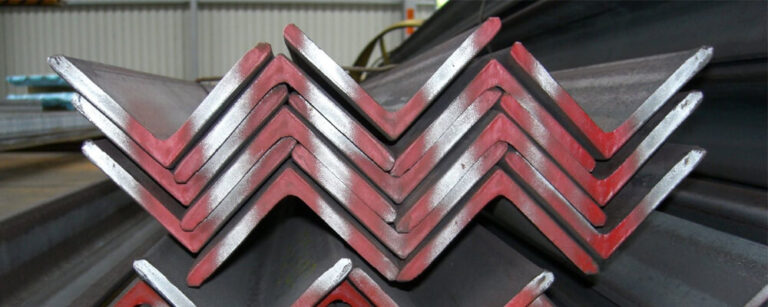
You are probably looking for the differences between welding and milling. Milling refers to the process of cutting metal into a specific shape using different types of tools. The finished part will meet a set specification.
There is a major difference between welding and milling: welding is the metal joining process, while milling is the machining process. We are here to explain the difference between milling and welding.
What is the Milling Process?
Milling refers to a process of machining material using a rotating tool with multiple cutting edges.
Multiple cutting edges are included in the tool. They are placed symmetrically around its rotating axis.
Face milling and peripheral are the main types of milling operations.
The cutting edges of a face milling cutter are arranged in an radial fashion. The cutting edges of a peripheral milling cutter are placed around the cutter’s circumference.
What is the Welding Process?
Welding can be described as a method of joining metals. The filler material is heated to melt and then allowed to cool to fuse with the metal of the work piece. Now let’s check below what is the difference between milling and welding.
Explain the Difference between Milling and Welding.

Milling:
- A machining process is called milling
- It’s a process of material removal.
- This allows a single piece to be machined into the final product shape.
- It can be carried at relatively low temperatures.
- There are no fire hazards.
- Material wastage through chip generation
- Milling operations require highly skilled operators
- Milling operations have a higher setup cost.
- Running costs are lower.
- This requires that the work piece be properly held on the machine’s bed.
- Generally, milling is used in industrial processes.
Welding:
- Welding refers to the process of joining metals.
- To join two pieces of work, the material is used.
- It connects two or more pieces by applying filler material between the joints of two work pieces.
- This is done at a higher temperature.
- Fire hazards are very real.
- There is no material wastage.
- Welding operations can be performed by semi-skilled workers.
- Welding operation costs less than the setup cost.
- The running cost is higher.
- It doesn’t need to be properly held.
- Welding is a common process






